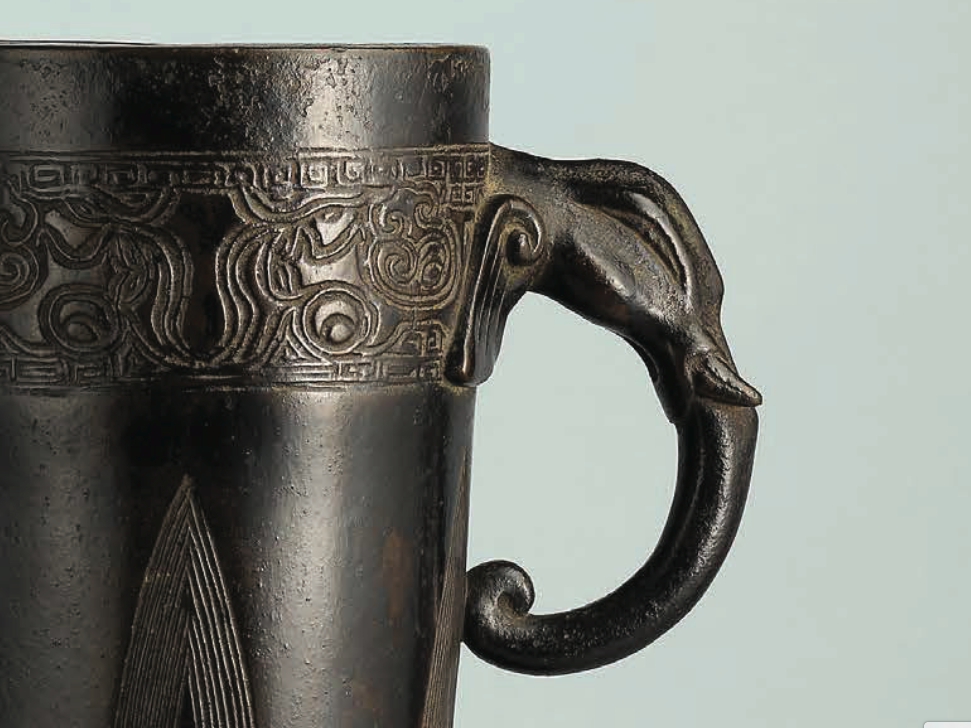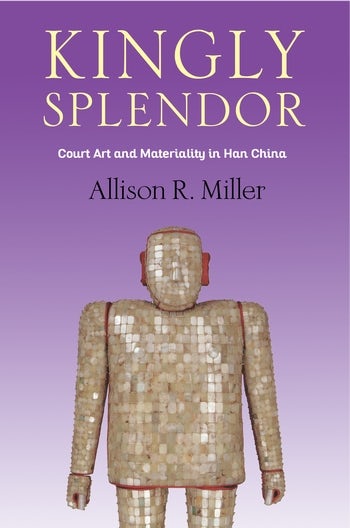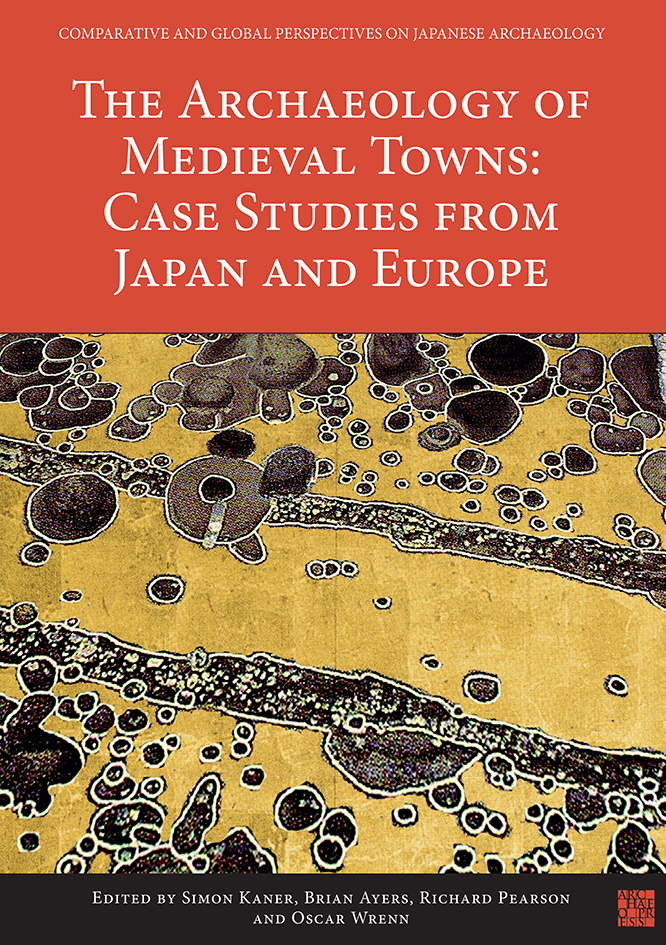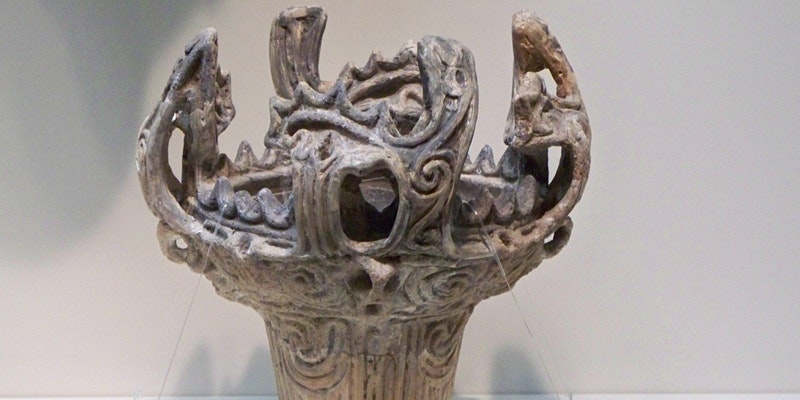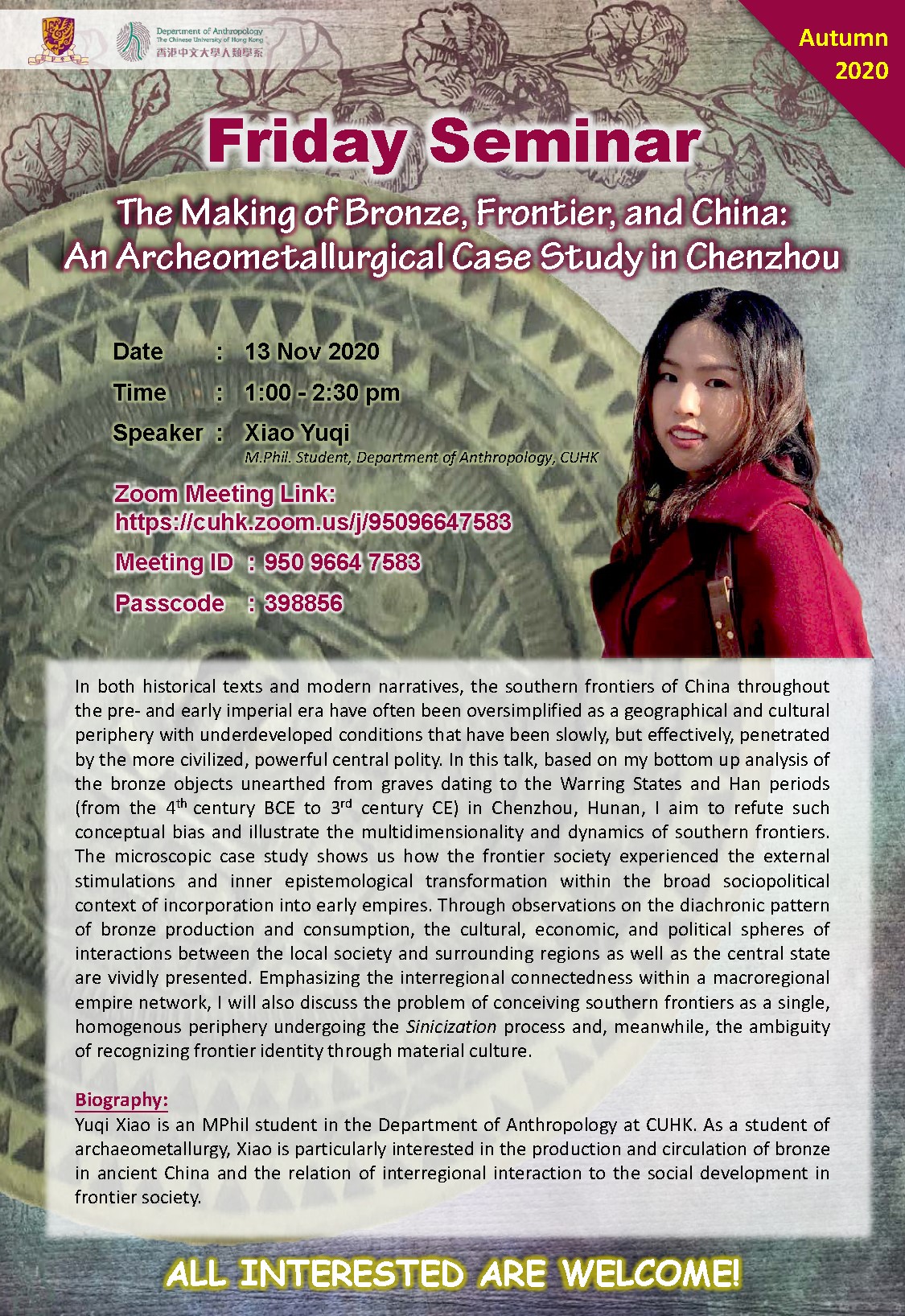SEAA News Blog
New fieldwork or research discoveries? Upcoming conference or workshop? New job opening or fellowship posting? New book?
Share the latest news of your work with your colleagues, advertise for job or fellowship openings, find participants for your conference session and more on the SEAA blog.
Guidelines: All posts should be related in some way to East Asian Archaeology. When writing your post, please use capital letters for surnames. Original script (Chinese, Korean, Japanese) for East Asian place names, personal names, or archaeological terms is encouraged. For the transcription of East Asian language terms, Pinyin for Chinese, Hepburn for Japanese, and the Korean Government System (2000) for Korean is encouraged.
Contributions should be limited to around 500 words and 1-2 images. For longer descriptions of your projects, you may consider the Reports section of the Bulletin (BSEAA).
Members can submit their news posts to the SEAA web editor via the website (see SEAA Members' Area for details and instructions on blog submissions) or via email. Non-member contributions are also welcome and may be submitted via email to the SEAA web editor.
The editor(s) reserves the right to carry out minor editing, or to decline contributions inappropriate to the objectives of SEAA.
The Western Han dynasty (202 BCE–9 CE) was a foundational period for the
artistic culture of ancient China, a fact particularly visible in the era’s
funerary art. Iconic forms of Chinese art such as dazzling suits of jade;
cavernous, rock-cut mountain tombs; fancifully ornate wall paintings; and
armies of miniature terracotta warriors were prepared for the tombs of the
elite during this period. Many of the finest objects of the Western Han have
been excavated from the tombs of kings, who administered local provinces on behalf of the emperors.
Pembroke College, Oxford wishes to appoint a Junior Research Fellow (JRF) in Chinese Studies of any area, discipline or period. The appointment will be from 1 September 2021 for three years.
The Stanley Ho JRF in Chinese will be expected to conduct original research in their chosen field and to contribute to the development of Chinese studies at Pembroke College. This will include assisting students reading Chinese in the college with advice and mentoring. Teaching opportunities may also be available through the Oriental Studies Faculty and with the consent of the Fellow in Chinese.
In recent years, major new archaeological discoveries have redefined the development of towns and cities in the Japanese archipelago. The uncovering of the plans of major port towns such as Sakai, Kusado Sengen and Ichijōdani, and the revealing of early phases in the development of cities such as Kamakura and Hakata provide an important new resource in understanding the cultural and economic processes which shaped medieval Japan.
This fully illustrated book provides a sampler of these findings for a western audience. The new discoveries from Japan are set in context of medieval archaeology beyond Japan by accompanying essays from leading European specialists.
In this short survey of Jomon pottery, Dr. Ali Ghobadi will explore some basic topics of Jomon archaeology so that viewers can better understand the ancient Jomon people who were making the myriad pottery designs that we see today in museums in Japan and throughout the world. A variety of ceramic pots, figures, and objects covering more than 10,000 years of Japanese (pre)history will be featured, including several that have been designated as “National Treasures” of Japan.
The Department of Anthropology at the Chinese University of Hong Kong will be hosting a seminar The Making of Bronze, Frontier, and China: An Archeometallurgical Case Study in Chenzhou" by Xiao Yuqi on Nov 13, 1-2:30 PM (GMT+8) via Zoom https://cuhk.zoom.us/j/92651551623).
James Loftus, a Ph.D. Candidate at Kyushu University has compiled a list of useful online databases and general resources related to Japanese archaeology. You can check it out in his article via the following link: https://digitalorientalist.com/2020/10/27/digital-resources-for-the-stu…
The Japan House London is hosting an online talk "Dig Dogs — The Archaeology of Dogs in Japan" by Professor Simon Kaner on Thursday 29 October 2020, 17:00 - 18:00 UTC. For more information, please visit: https://www.sainsbury-institute.org/info/dig-dogs-the-archaeology-of-do…
From Carmen Ting, Editor for the Society for Archaeological Sciences Bulletin
I hope you have noticed and are pleased with the changes we have slowly implemented to the SAS bulletin over the past year. As promised in our last Annual General Meeting - which was also our very first virtual meeting, we are expanding our editorial team so that we can bring to you a broader spectrum of topics, truly reflecting the interdisciplinary of and innovation in our field. In addition to adding new blood, we are looking to replace one of most loyal contributors, Dr Charlie Kolb, who is stepping down from his role as the Associate Editor for Archaeological Ceramics due to personal reasons after serving the editorial board and the SAS in different capacities for decades. You will be sorely missed and there will be some big shoes to fill. Thus, we are currently looking to fill in the associate editors for the following areas:
Archaeological Ceramics (available from Spring 2021)
Bioarchaeology (available now)
Archaeobotany (available now)
Geoarchaeology (available now)
Remote Sensing and Prospection (available now)
The Indo-Pacific Prehistory Association has recently announced their upcoming conference, details of which are below. We would also like to congratualte Prof. Rasmi Shoocongdej, who has recently taken up the role of preident of IPPA!
About the conference:
The IPPA Executive Committee voted to support the Thailand proposal to host the 2022 IPPA Congress:
The Congress will be held at the Le Meridien Hotel, Chiang Mai from the 6th-12th November 2022.

